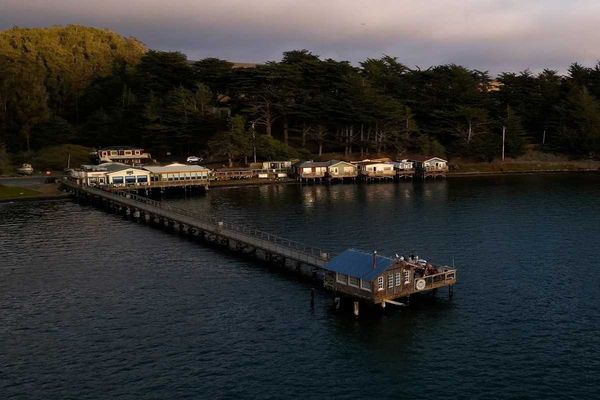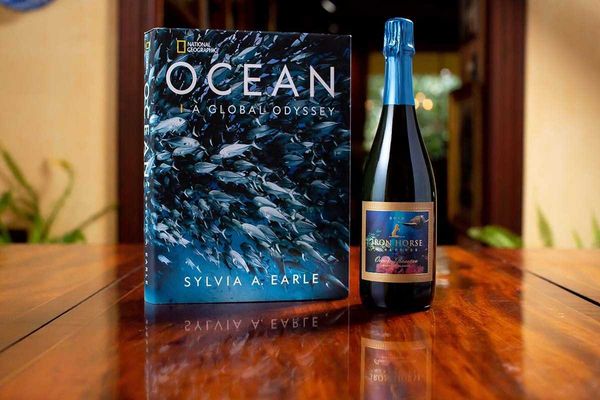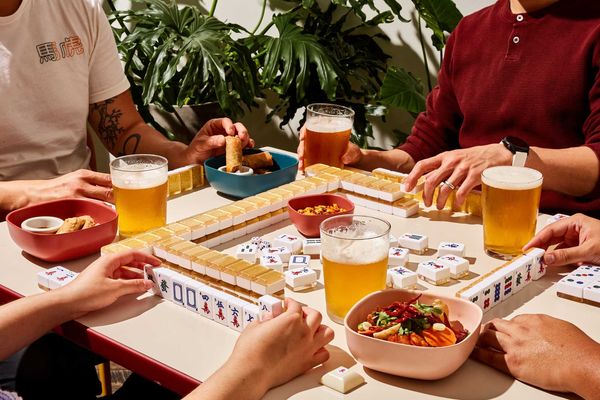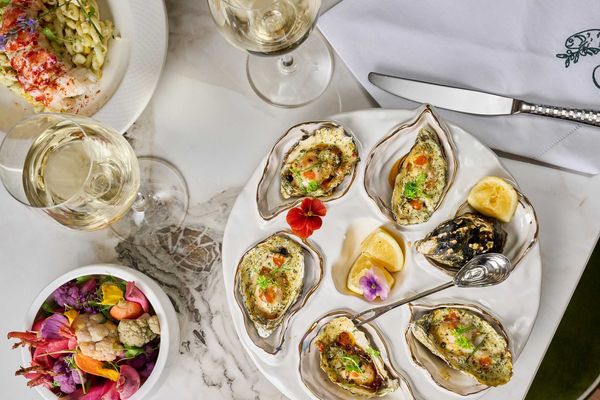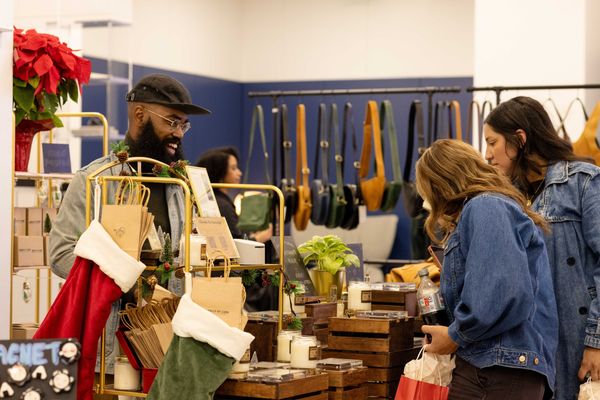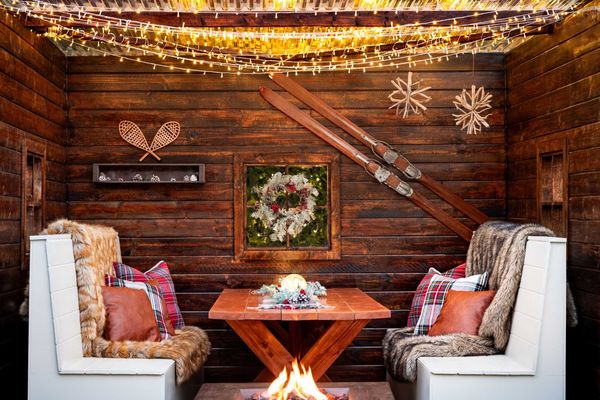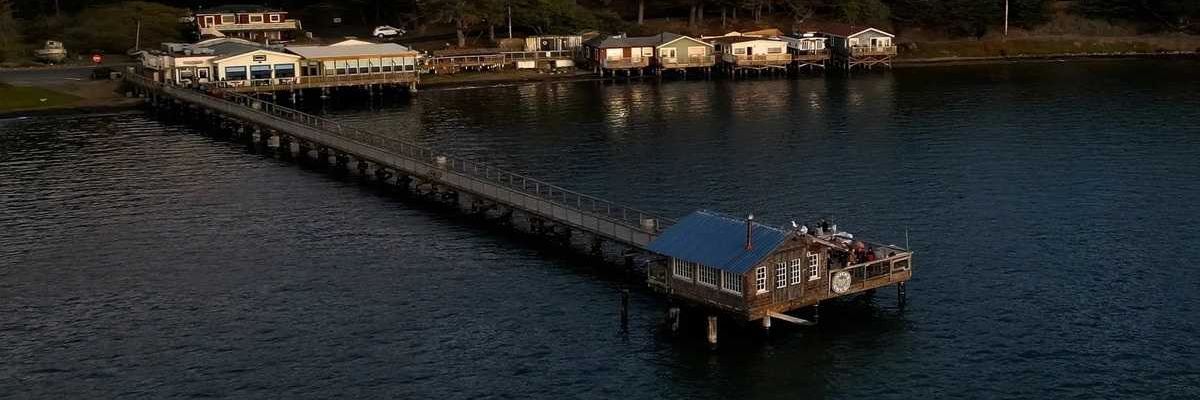Summer is one of the best times to enjoy the outdoors in Northern California and taking beer along to a picnic, barbecue, or to replace those precious bodily fluids at the end of a bike ride or hike is an absolute must.
But until recently, making the buying decision at a beer cooler involved choosing either a tasty craft beer in heavy, breakable bottles or selecting an industrial-style brew in lighter and more packable cans. Thankfully, more and more brewers are resolving this dilemma by packaging their craft beers in cans.
It’s a recent and ongoing effort to change the opinion that canned beer can be quality beer. Jim Koch, for example, founder of Boston Beer Co., was adamantly opposed to the idea of canned beers, believing that tiny tears in a can’s lining could absorb the hop flavor and infuse a metallic taste. But even Koch has noted we will soon see the day when his Sam Adams is packaged in cans.
The main reasons for the misperception of canned beer quality are the dozens of generic lawnmower lagers that still dominate the US beer market. Quality beers, whether from Europe or here in the States, have traditionally been packaged in bottles. But bottles have their drawbacks. In addition being heavy and breakable, glass, even brown glass, lets in light that, over time, breaks down the hop flavors resulting in a “skunky” aroma. Also bottle caps leach some oxygen which can cause a beer to taste like cardboard. So from a quality standpoint, aluminum cans, being opaque and better sealed are superior to bottles. But we don’t always make decisions logically. Even a savvy beer consumer would have a harder time admiring a dusty can of cellared barley wine over a capped bottle.
Canning craft beer is a relatively new trend and is not yet widespread. In 2002, Colorado’s Oskar Blues Brewing Co. first canned a batch of its beer and the positive response from customers sealed the deal. Local brewers 21st Amendment were early adopters of packaging in cans, first releasing canned beer in 2006. Co-owner/brewer Shaun O’Sullivan recently noted that they have no plans to package in anything but cans. Shaun added that he fields calls every week from other brewers asking about their experience.
Katie Loughran, Marketing Manager at Oskar, had a similar response when asked if she gets calls from other brewers who are thinking about canning their beer. “Yes, all the time. One of the cool things about craft beer is the comraderie between breweries. We are more than happy to help others through their growing pains around entering into this can-apocalypse that is exploding on the craft beer scene.”
Only Colorado (Oksar, New Belgium) boasts more breweries canning beer than California. According to craftcans.com, California has 44 craft brews in cans, most of them from Northern California. Here’s a sampling of what’s available locally for your next outing:
21st Amendment Brew Free or Die IPA
21st Amendment Hell or High Watermelon Wheat
21st Amendment Monk's Blood (Belgian Dark Ale)
21st Amendment Back in Black (American Black Ale)
Anderson Valley Summer Solstice Cerveza Crema (Cream Ale)
Anderson Valley Boont Amber Ale
Crispin Browns Lane (English Cider)
Dab Lager (from Germany’s Dortmunder Actien Brauerei)
Greene King’s Abbot Ale (English Bitter / ESB)
Maui Bikini Blonde Lager
Maui CoCoNuT Porter
Maui Mana Wheat
Maui Sobrehumano Palena 'ole (Ale brewed with passion fruit and cherries)
Oskar Blues Dale's Pale Ale
Oskar Blues G'Knight Imperial Red
Oskar Blues Gubna Imperial IPA
Oskar Blues Mama's Little Yella Pils
Oskar Blues Old Chub (Scotch Ale / Wee Heavy)
Sierra Nevada Pale Ale
William's Sir Perry (English Pear Cider)




